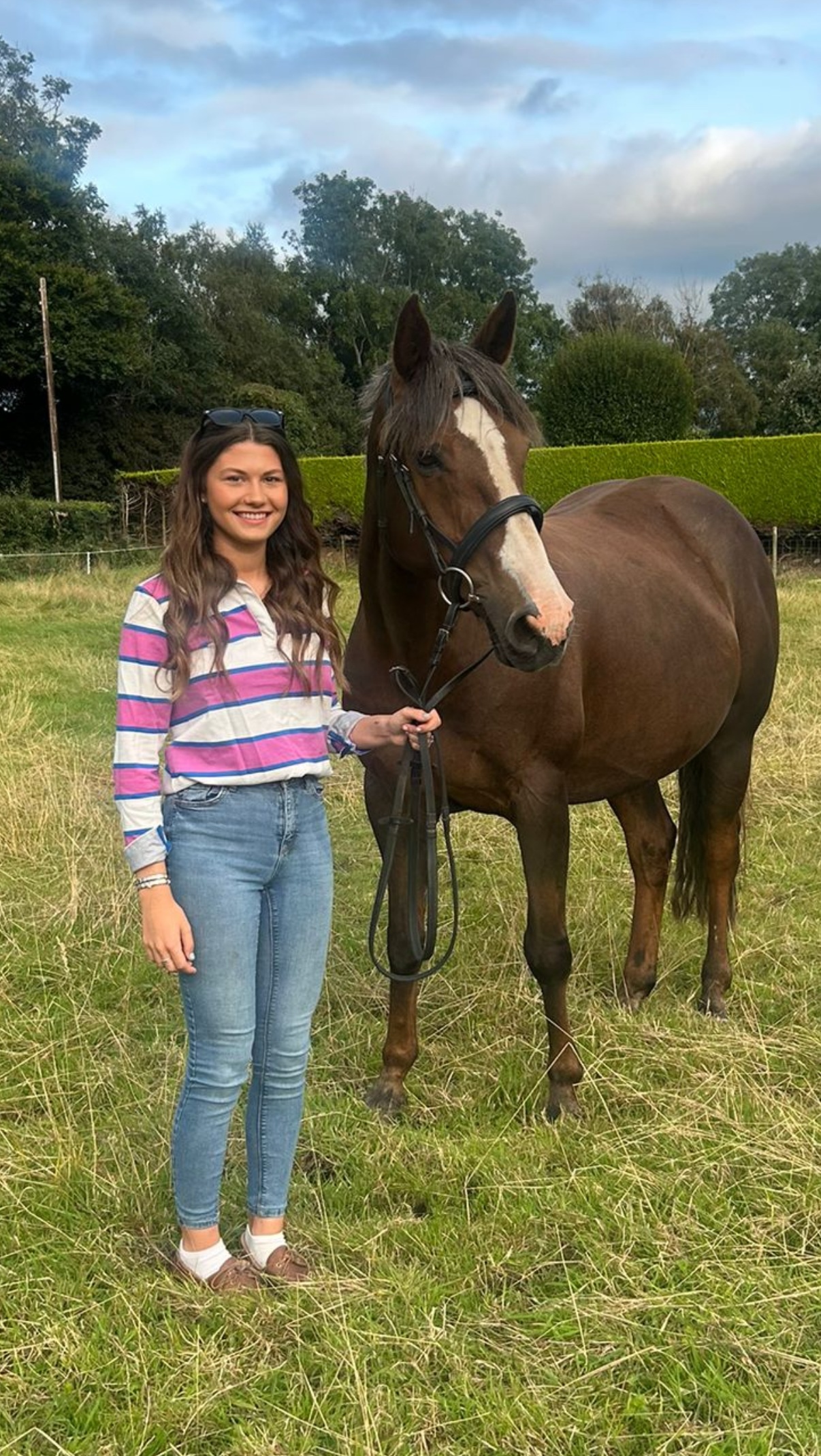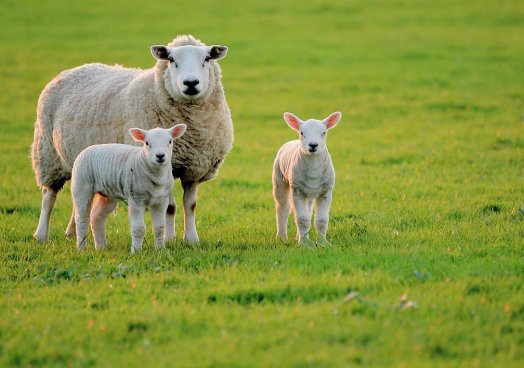
Commodity watch by policy officer Kellie Rouse
Sheep scab is mainly a winter disease with most cases usually happening between September and April. However, during the summer months with an increase in sheep sales farmers need to remain extra vigilant for sheep scab. Hill farmers farming on common grazing are also at a higher risk with sheep scab. Sheep scab is a devasting disease to the sheep industry causing significant economic loss and impacts animal welfare. In Northern Ireland sheep scab is a notifiable disease.
Sheep scab is a high contagious skin disease caused by mites. The mites’ lives on the sheep’s fleece and the sheep scab mite’s faeces causes severe skin irritation. It spreads via close contact of sheep and indirectly through fencing, equipment, housing etc. The sheep scab mite can survive on a wool tag for 16 days. Sheep scab can also transfer on farmers clothing, but sheep scab does not infect humans. The mites are just about visible to the naked eye and can only remain viable on sheep (host) for 15-17 days. The life cycle of sheep scab mites is 14 days and the population sheep mites can double every six days.
How to identify sheep scab?
The symptoms of sheep scab include intense itching and rubbing, wool loss, nibling and biting at their fleeces, restlessness, scabs and crusty lesions, dull and depressed, separated from other flock, weight loss and in severe cases death due to secondary infections. During the early stages of sheep scab, sheep can look normal and therefore increase the risk of spreading the disease. If sheep scab is suspected a farmer should contact their local vet where it can be diagnosed through skin scrapes or a blood ELISA test. If a farmers suspects sheep scab they should not move sheep from their premises until a diagnosis is confirmed.
How to treat sheep scab?
There are two types of treatment for sheep scab these include organophosphate Diazinon (OP) plunge dip and endectocides injectable group 3-ML. OP dip is a vital tool for controlling sheep scab if used correctly by plunge dipping to ensure mites do not develop resistance to treatment. Farmers are advised the use of OP dip through a jetter or shower system is illegal. When buying or using sheep dip farmers must have a NPTC Certificate of Competence in the Safe Use of Sheep Dips. OP dips are highly toxic and it is important farmers wear protective clothing, follow instructions on administration, store the dip safely and carry out correct disposal. To dispose of dip in NI farmers can apply to NIEA for authorisation or use a waste disposal facility. Alternatively, farmers could use a licenced contract mobile dipper. Farmers can also use injectables to treat sheep scab. However, they belong to 3-ML, clear group of anthelmintics which also treat roundworms. This means treating with injectables for sheep scab will also expose internal parasites to the active ingredient increasing the risk of resistance.
How to prevent sheep scab?
To firstly prevent sheep scab on farm, farmers should practice strict biosecurity on farm. Farmers are advised to minimise how often people, equipment and vehicles enter places where animals are kept such as fields, shed etc. Farmers should also clean and disinfect any equipment, vehicles, clothing and footwear before and after contact with sheep. Farmers should have a good boundary fence on farm, maintain a close flock where possible and an effective quarantine and treatment plan for any new animals arriving on farm.




